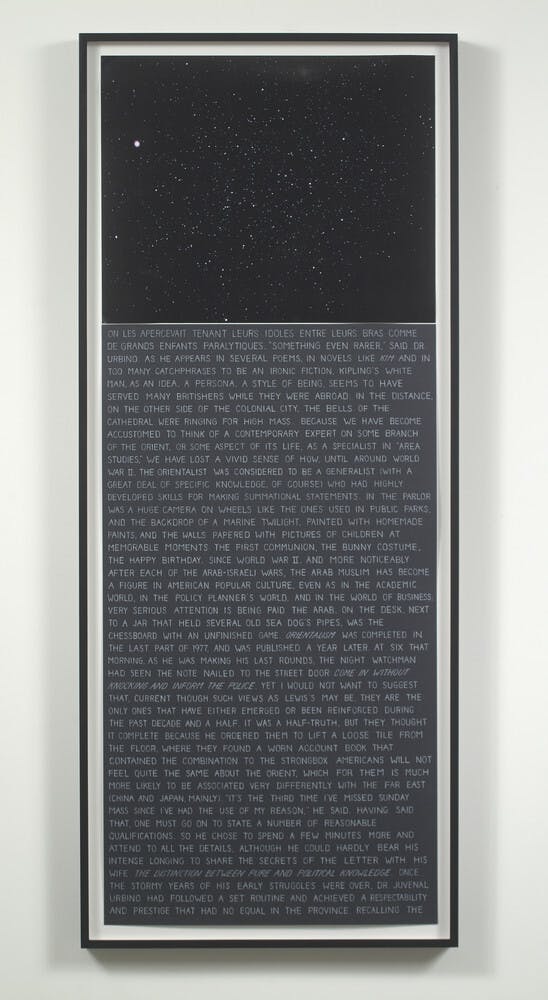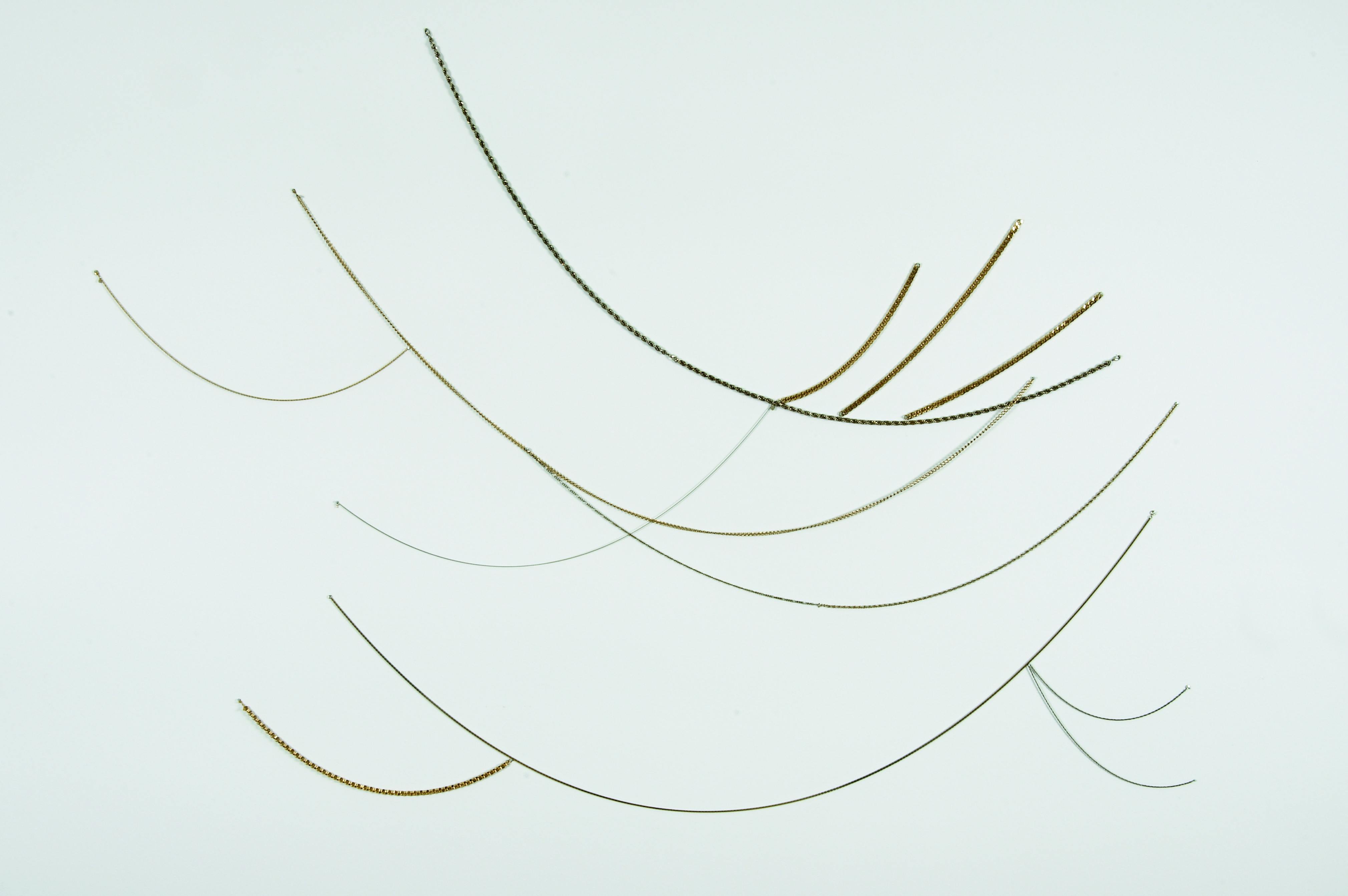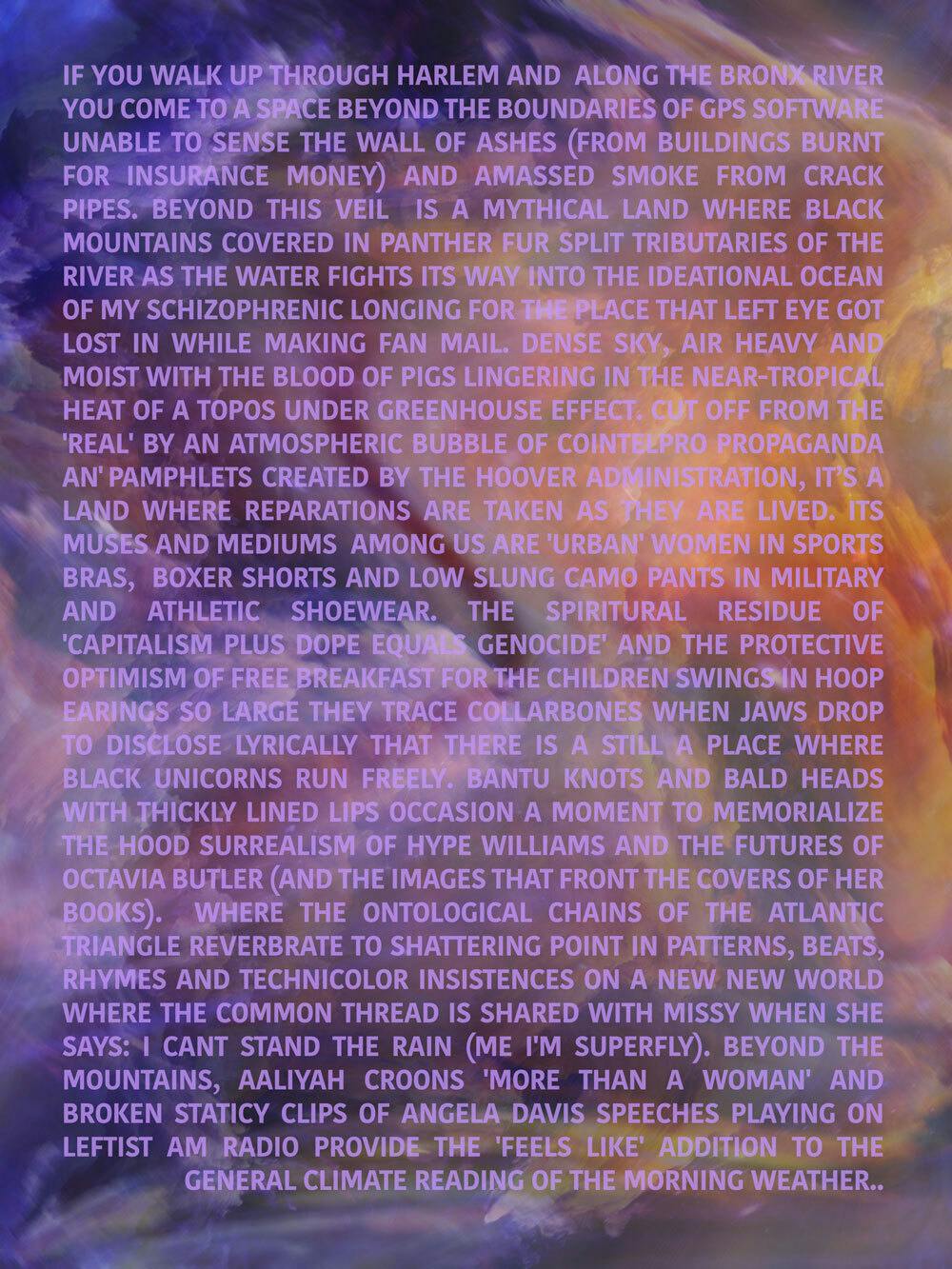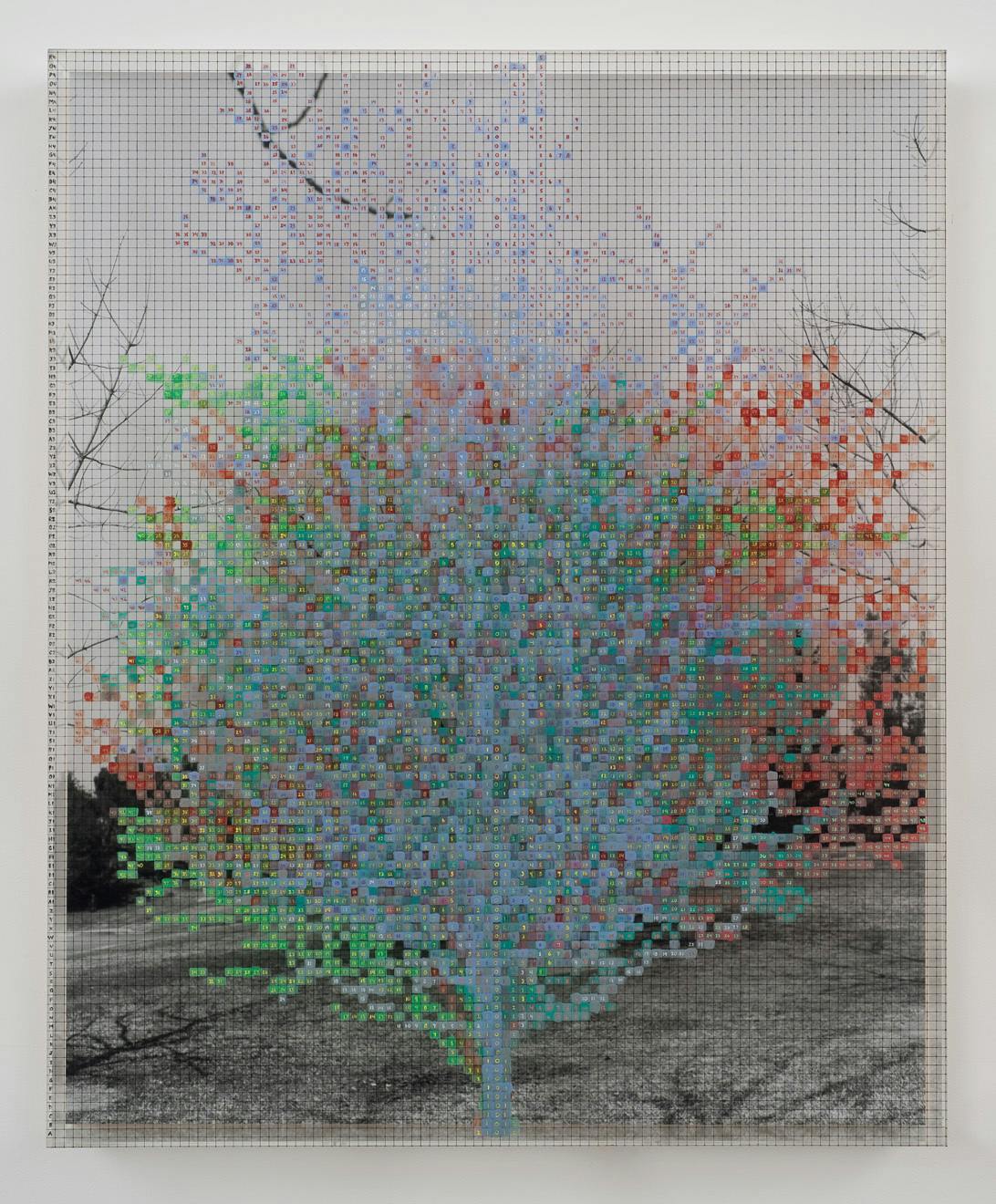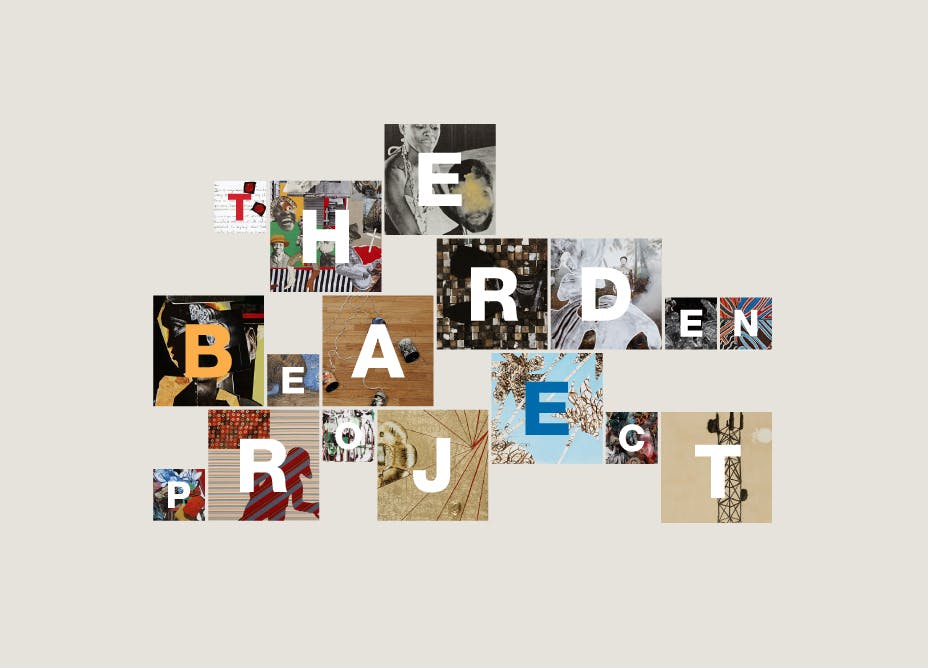Charles Gaines
(b. 1944)Charles Gaines employs a conceptual approach to his practice, investigating formulas and systems that influence relationships between the objective and subjective and shape the perception of identity, aesthetics, and language.
Biography
Gaines earned his MFA from the School of Art and Design at the Rochester Institute of Technology, where he studied as a painter. In the 1970s, he began to explore the use of mathematical and numerical systems where each mark built upon the determinations and calculations of the last. This approach characterizes the methodology that Gaines has used in his practice ever since.
Building on the work of Conceptual artists in the 1960s and 70s, Gaines addresses politics and the writing of history—often by means of the grid. His philosophical and systematic explorations of race and identity tease out tensions between objectivity and subjectivity. His public artworks, installed at locations such as New York’s Governor‘s Island, have examined how the growth of the United States economy relied on conquest and enslavement. Gaines remains committed to theoretical work that destabilizes power structures, drawing out differences between what the eye sees and what it comprehends, and how meaning is formed from history.
Gaines received a BA from Jersey City State College and an MFA from Rochester Institute of Technology. He is also a curator and prolific writer on the topics of philosophy, aesthetics, and literature. For over thirty years, he served on the faculty of the California Institute of the Arts, where he established a fellowship to provide scholarship support for Black students in the MFA program. The Studio Museum has presented his work in exhibitions such as 30 Seconds off an Inch (2009); The Bearden Project (2012); and Charles Gaines: Gridwork 1974–1989 (2014).
Exhibitions and Events
Charles Gaines
(b. 1944)Charles Gaines employs a conceptual approach to his practice, investigating formulas and systems that influence relationships between the objective and subjective and shape the perception of identity, aesthetics, and language.
String Theory: Romare Bearden, 2011
Biography
Gaines earned his MFA from the School of Art and Design at the Rochester Institute of Technology, where he studied as a painter. In the 1970s, he began to explore the use of mathematical and numerical systems where each mark built upon the determinations and calculations of the last. This approach characterizes the methodology that Gaines has used in his practice ever since.
Building on the work of Conceptual artists in the 1960s and 70s, Gaines addresses politics and the writing of history—often by means of the grid. His philosophical and systematic explorations of race and identity tease out tensions between objectivity and subjectivity. His public artworks, installed at locations such as New York’s Governor‘s Island, have examined how the growth of the United States economy relied on conquest and enslavement. Gaines remains committed to theoretical work that destabilizes power structures, drawing out differences between what the eye sees and what it comprehends, and how meaning is formed from history.
Gaines received a BA from Jersey City State College and an MFA from Rochester Institute of Technology. He is also a curator and prolific writer on the topics of philosophy, aesthetics, and literature. For over thirty years, he served on the faculty of the California Institute of the Arts, where he established a fellowship to provide scholarship support for Black students in the MFA program. The Studio Museum has presented his work in exhibitions such as 30 Seconds off an Inch (2009); The Bearden Project (2012); and Charles Gaines: Gridwork 1974–1989 (2014).

